Tijuana’s biggest wine party is back. On Saturday, October 11th, 2025, the 4th Festival Wine Without Borders takes over the …


Tijuana’s biggest wine party is back. On Saturday, October 11th, 2025, the 4th Festival Wine Without Borders takes over the …
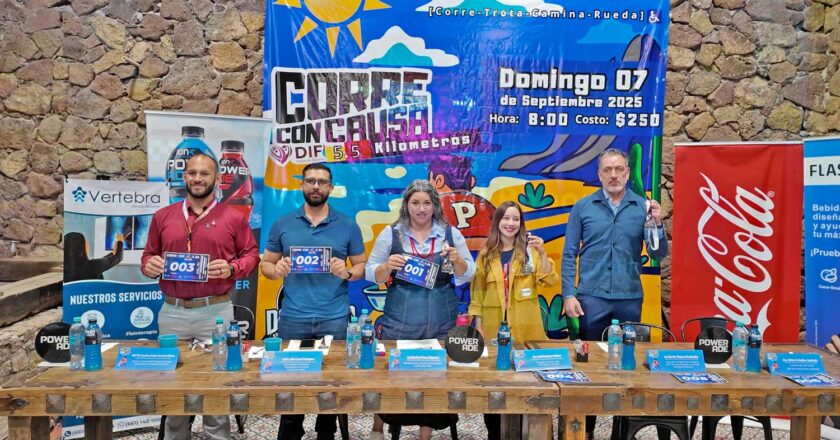
Rosarito is lacing up its running shoes — or maybe just its walking shoes — for the first ever Corre …
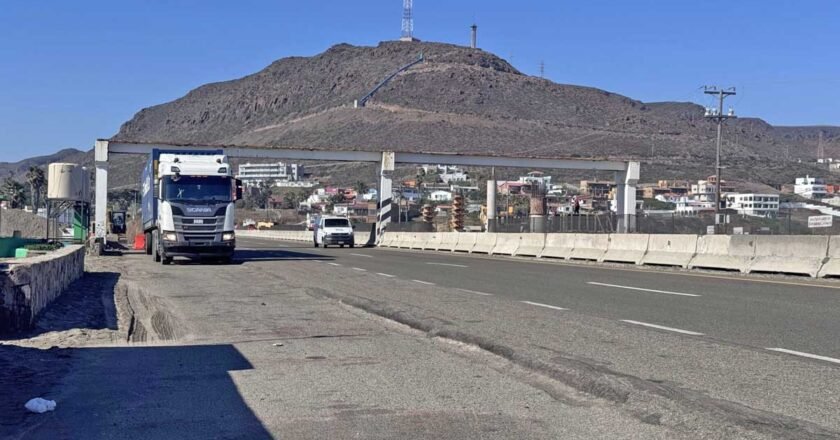
Crossing Without Playing Frogger Playa La Misión has always been a curious mix. Families set up tents, kids kick soccer …
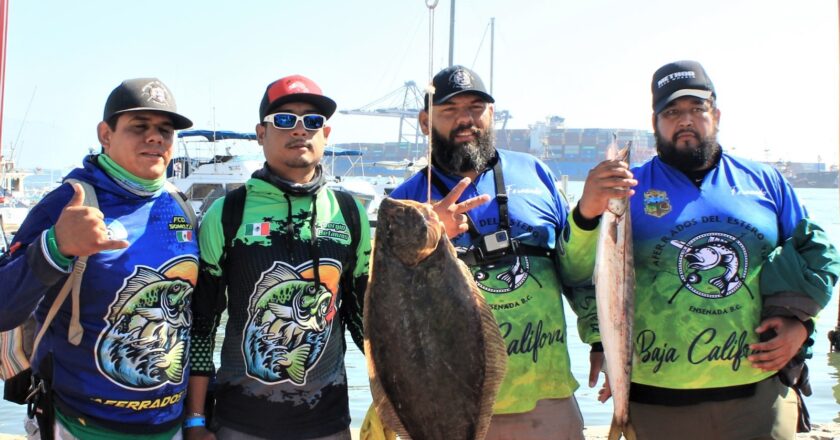
ENSENADA – Ready to hook half a million pesos? The international sportfishing tournament Dos Mares Baja California drops anchor this …

San Quintín is ready for the fourth edition of Contramar Fest. On September 6 at Playa San Ramón, Vicente Guerrero, …
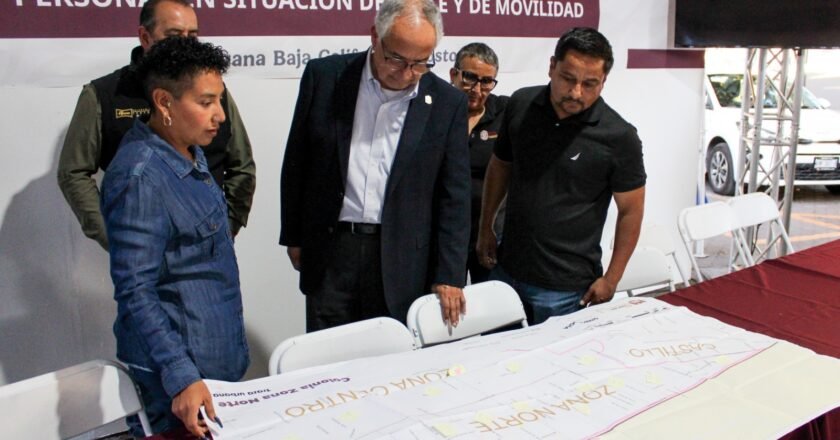
Counting People, Not Problems While most of us slept, more than 300 workers hit Tijuana’s streets. Their mission: the city’s …
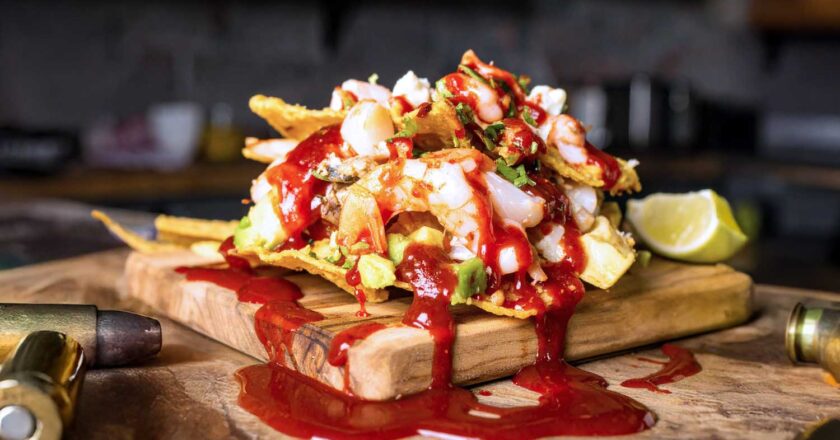
We pride ourselves on bringing you No Bad News. That’s the deal. But some truths demand an exception. Today, we …

The wait is over, popcorn lovers. Ensenada’s indie film showcase Séptimo 2.0 just dropped its official selection list, and it’s …

Ensenada sure knows how to throw a party. The annual Paella Contest at Viña de Liceaga once again proved it, …
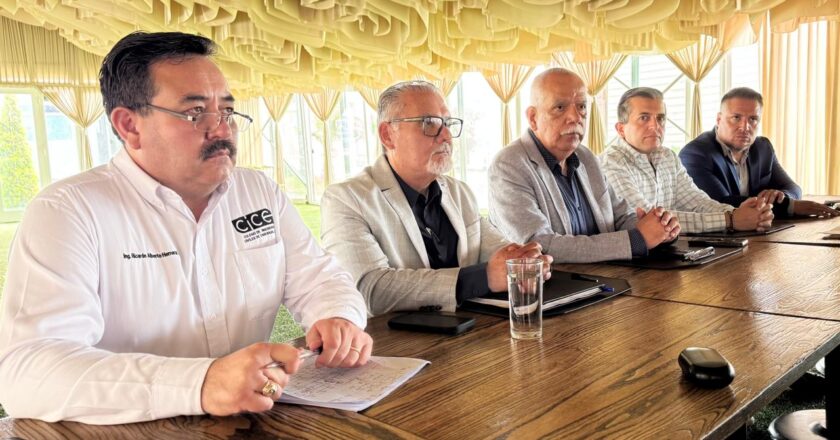
Rosarito’s dry promise might finally pour On Friday, August 22, Baja California’s Secretary of Water, Víctor Daniel Amador Barragán, met …